一度は訪れたい観光名所
宿泊施設
三田のワクワク体験
周辺の観光施設
よくある質問
お問い合わせはこちらから
知れば心躍る、三田の魅力
一度は訪れたい観光名所
宿泊施設
三田のワクワク体験
周辺の観光施設
よくある質問
お問い合わせはこちらから
知れば心躍る、三田の魅力
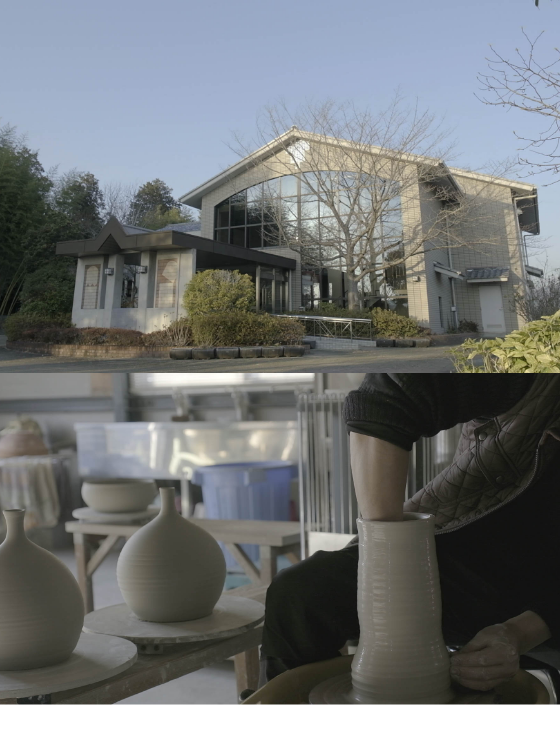

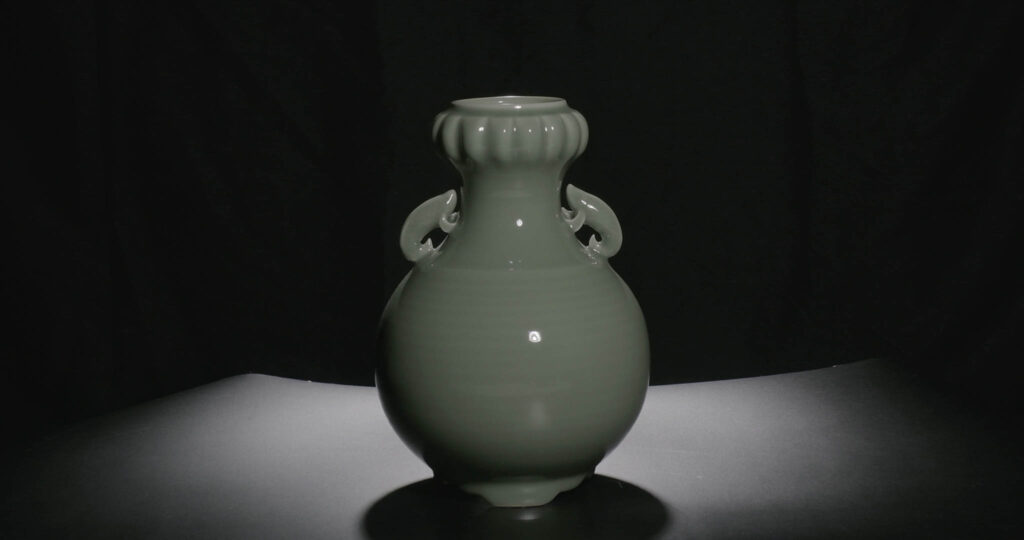
The Sanda celadon is known as one of the world’s three major celadons.
Production mainly began in the late Edo period(1799) and was seen in large numbers until the early Showa period.
It was manufactured in kilns in Shidehara, Miwa and Mushio areas of Sanda during the Edo period. Among Sanda ware, production is said to have started because of discovery of celadon raw stones.
Discovered by Chubei Uchida and later supported by the wealthy merchant Kanda Sobei, a number of masterpieces were produced in Sanda celadon.
The Sanda celadon was actively exported not only domestically but also by Sanda Pottery Company, until production came to an end in Showa 10th.
Celadon is glass covering surface, and there are many different types of glazes, which has informed various ceramic cultures not only in Japan, but also around the world.
Although it is not complicated to make celadon today, in the early days it was challenging to handle. It required a craftsman’s attention to examine the raw materials.
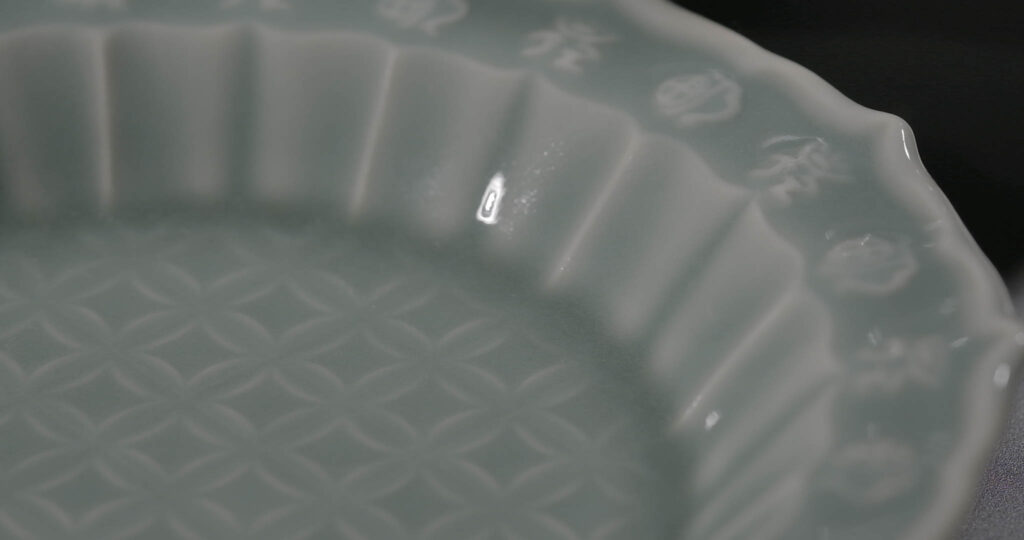
Sanda celadon also had a unique transparency and beautiful colouration, and came to be regarded as being of the same high standard as Chinese celadon.
This seems to be related to the high quality of the glaze at the time.
For many years, a large number of good-quality celadon was imported into Japan from China, but after a while it was stopped.
However, by the time they stopped being imported, Sanda celadon had already been developed.
This resulted in a high quality of celadon, which was indistinguishable from the Chinese celadon. In fact, a closer look reveals that they were elaborately designed in a Japanese style which makes it different from the Chinese ones.
Nothing is known precisely because at the time the Chinese ones were more highly regarded than that of ones made in Sanda. Not only for Sanda celadon but also for earthenware in general, chinaware is more resistant to cracking than pottery and stains are hardly noticeable.
Therefore, it is easy to wash and maintain.
Another great feature of earthenware such as Sanda celadon is that it can be maintained in its original form as long as it is not cracked.

The culture of celadon was initially recognised in Japan during the Heian period.
At that time, the highest quality top brands were those imported from China rather than domestically, while others like Korean Goryeo celadon had high popularity.
The first celadon was made in Japan in the early 17th century in Hizen Nabeshima (present-day Saga Prefecture), which was also the site of celadonite mining area.
Later, other celadon stones were also mined in Sanda, and people wondered if they could somehow burn it, and even the lord at the time was not interested, so Kanda Soubei took the lead.

The excellent potter Kinkodo Kamesuke was invited from Kyoto to make and burn celadon at the Miwa Myojin Gama.
The high quality of workmanship of sanda celadon was so high that looked like authentic Chinese celadon, and became popular.
Once spread throughout Japan, celadon sales outlets were established and distributed in Osaka and Edo. Sanda celadon later came to be known as one of the “world’s three great celadons”.

Celadon varies in colouration depending on the artisan. For example, some people call it a celadon even though it has a whitish colour.
There are different appearances to be enjoyed by different people.
Although it is said that mainly the greenish-coloured Sanda celadon is common, it is interesting to explore the variety among different artisans to find your favourite one.
Typical earthenware, glaze is applied only once and finished.
However, looking at Sanda celadon, from its cross section, glaze was applied five times.
Thanks to this unique production method, it also shows a sense of depth and natural profundity.

Though celadon appears blue in colour, it is originally transparent.
For example, even something that appears transparent at first glance, such as window glass, can appear blue due to light refraction depending on the angle of view.
Celadon is based on the same concept, with each piece having a different colour depending on how it was originally glazed with a small amount of iron and how it was fired by the artisan.
Easier to understand by imagining the sea of Okinawa: the sea from a distance is beautiful blue, but looking completely different in the lapping of waves, as it is crystal clear. Originally, the thickness is very thin, so slight differences in the way the light hits it create a beautiful blue colour. Highly transparent celadon is a technique that cannot be faked and is made with a lot of consentration.
Sanda celadon has a glossy finish, but is rather pale in colour. The depth of the celadon can be appreciated more fully when it is not uniform, but rather partially thinned or thickened, giving the appearance of gradation.
It is very delicate and varies depending on the way how the glaze is applied. This is why even same Sanda celadon can have different and varied expressions.
Some people may have a different impression from ordinary celadon.
The fact that no two celadons are the same, partly because they are carefully and wholeheartedly crafted by artisans, and differences in how they look are part of celadon’s charm.

At Sanda Ceramic Art Forest, visitors can receive instruction from Professor Zuiho Ito, a leading expert in the reconstruction and promotion of Sanda celadon.
Professor Zuiho Ito, who we spoke to this time about Sanda celadon, is currently working to spread Sanda celadon through ceramic art classes and lecture sessions.
He would like to spread Sanda celadon not only in Sanda, but also through solo exhibitions at Hankyu (Kobe, Umeda) Takashimaya and other stores, and to expand the network nationwide.
They also organise exhibitions for purposes other than sales, such as the ‘Hyogo Prefectural Museum of Art, Harada no Mori Gallery’ jointly organised by Sanda City and other energetic activities.
In the experience classes held by Professor Zuiho Ito, some people come as a hobby, while others come because they want to learn as a professional.
He wants all of them to know that celadon is amazing, that Sanda has such a culture, and that it is one of the world’s top three celadons.
This is why he has continued the activity of the hands-on class.
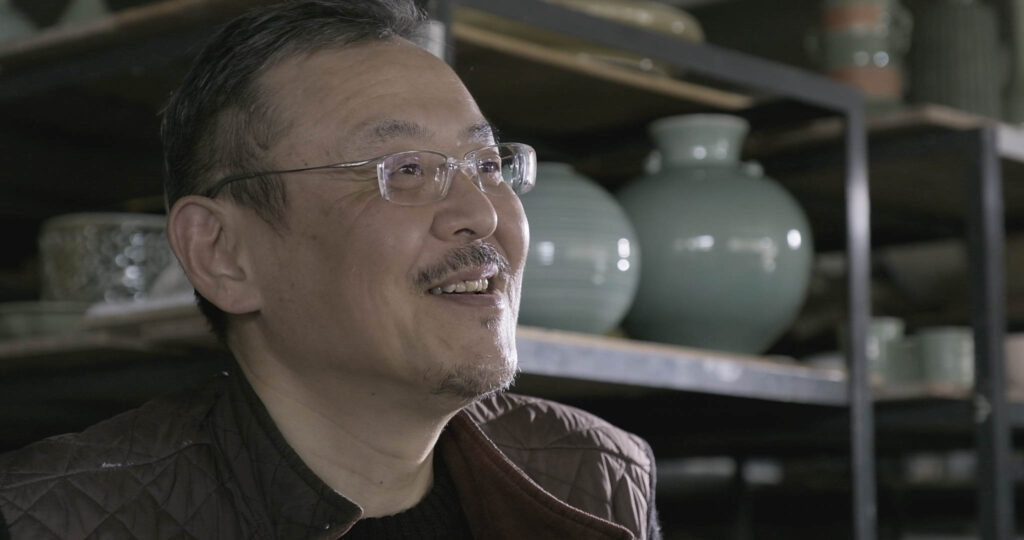
Professor Zuiho Ito says as follows.
There is also an idea that celadon will expand in variations while making use of the original technique.
Since younger people are involved and there might be trends at the time, we want them to work freely without being restricted by form, while valuing wisdom and technique of each.
It would be great if there were celadons that were not limited by form, but suited to the times.
As a creator, I want to pass on what is genuinely beautiful.
“When 10,000 years pass in the future, the difference of about 100 years now is only a millimetre or so in terms of the historical timeline.
Isn’t it amazing that something with our name engraved on it will remain after 10,000 years? I’m talking about linking our names there and doing it together.” If more people make Sanda celadon and the number of artisians increases, then we will be able to ensure the popularity of Sanda celadon.
I want to let people from overseas say, ‘Chinese celadon is good, but Sanda celadon is also wonderful’.
Incidentally, Seiji in Japanse is called “celadon” in English.
The professor said that one of the world’s three major celadon porcelains exists in Japan and wants to promote attraction of Sanda celadon.
The work of Japanese Zodiac using Sanda celadon has great popularity, and it is excellent simply because it can be used for a long time.
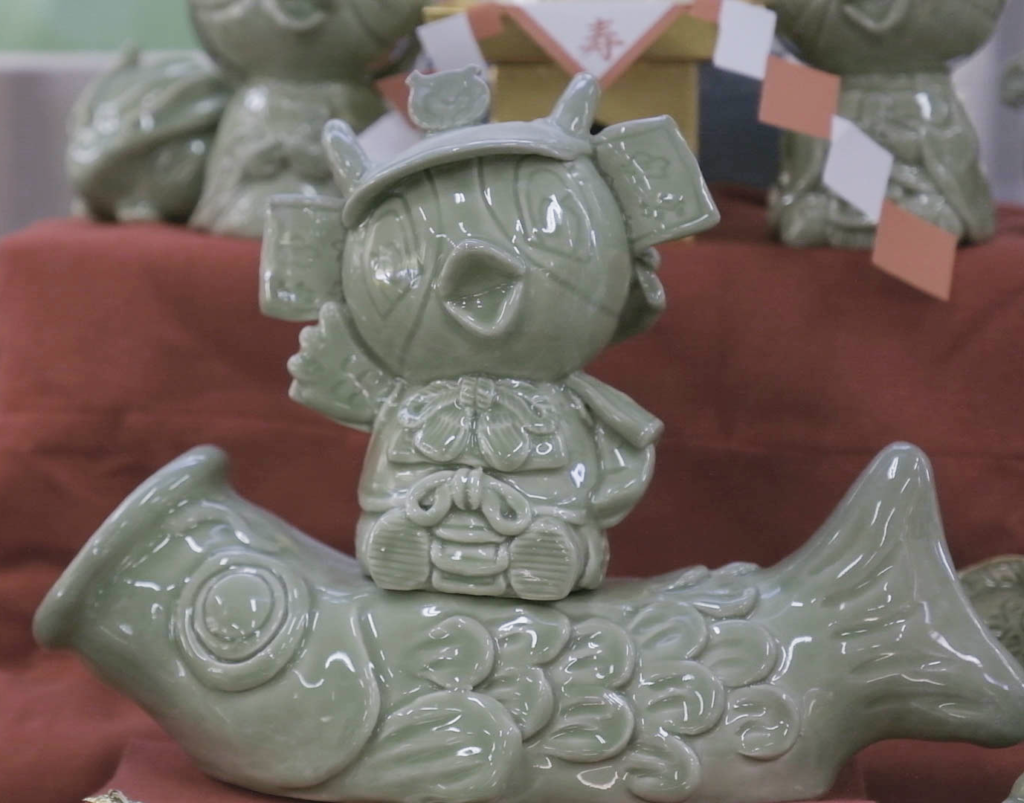
The Sanda celadon, known as one of the world’s three major celadons, is a valuable cultural heritage that represents not only Sanda but also the world.
Why not visit a place where you can actually experience its attractions?
The Miwa Myojin Gama Historical, introduced earlier, is a place where many products were produced until around 1935. Excavations have revealed not only ceradon, white porcelain, blue and white ceramics and other potsherds, but also unproduced fired pottery.
There are also other kiln tools and a lot of clay moulds have been excavated, so it is a place where a lot of valuable work can be seen. Incidentally, making clay moulds has advantages in that same object can be produced and applied, even if it is a complex shape.
For example, clay moulds are useful when making plates and ornaments. Depending on which combination is used and how it is decorated, celadon differences can be fully expressed.
Naturally, it is not simple to create clay moulds, so you will see how wonderful Sanda celadon clay moulds were to be made. You can also visit the Miwa Myojin Gama as a facility that preserves and makes use of the Miwa Myojin Gama.
”No.1 Kiln Site”, which was used from Meiji to Showa periods, and ”No.3 Kiln Site”, which was used in the late Edo period, show different aspects of kilns.
Located an 10-minute walk from JR Sanda Station, it is also known as an accessible and valuable place to visit. Visitors can enjoy sightseeing while imagining what Miwa Myojin Gama used to be like.
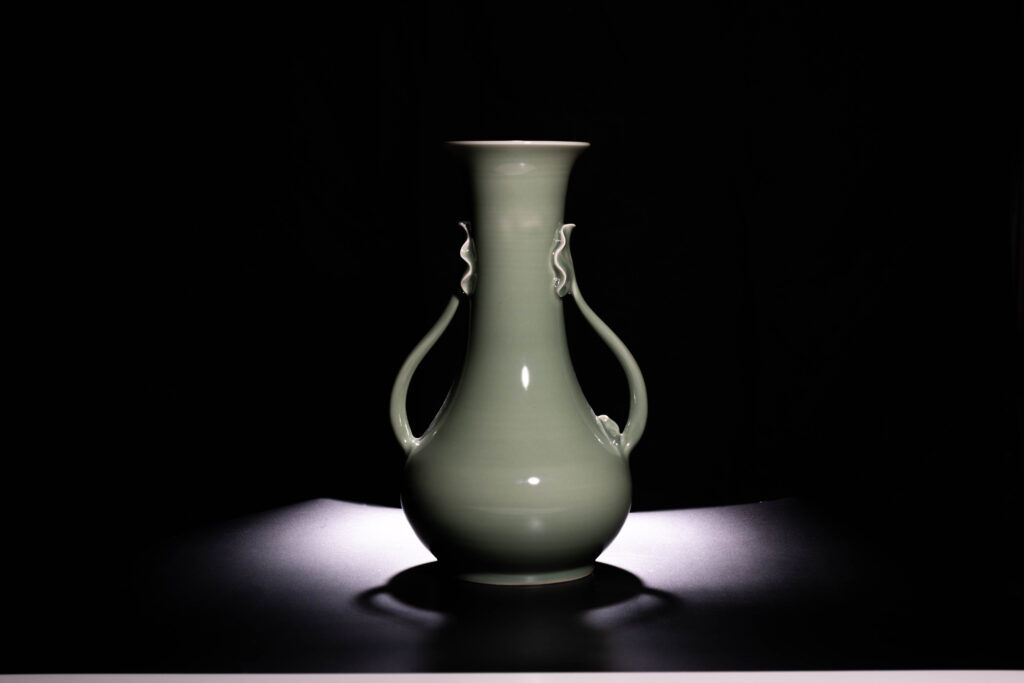

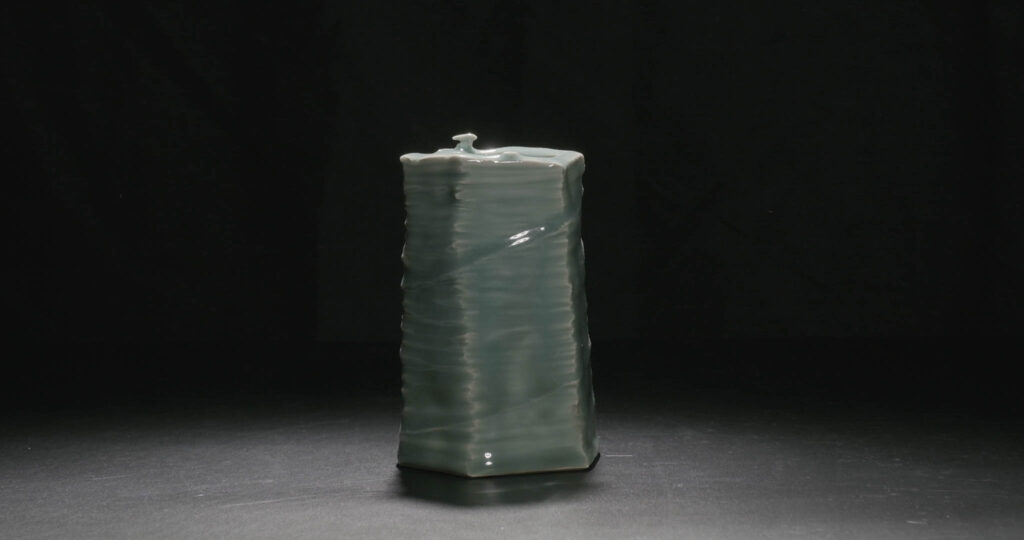
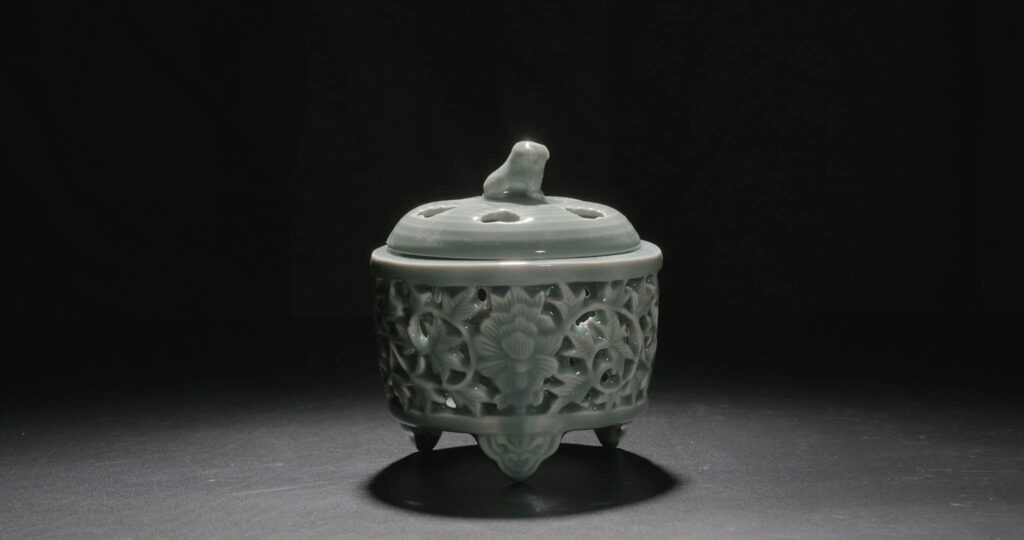
Sanda Celadon